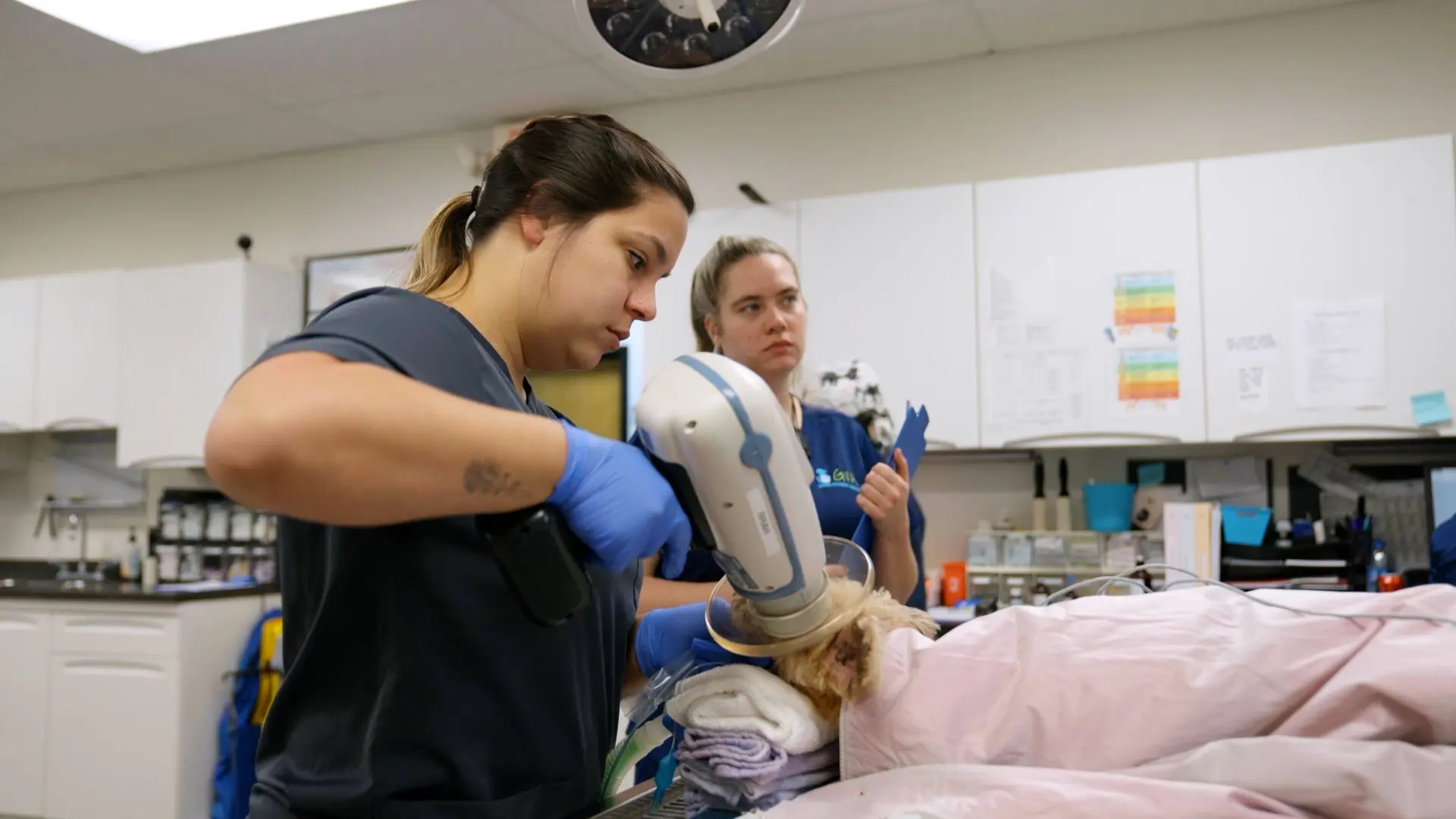Every day, veterinarians and clients make life-changing decisions for the animals in our care. Making the best decisions for those patients requires developing and maintaining positive relationships based on transparency and trust.1,2 The American Veterinary Medical Association (AVMA) Code of Ethics requires that veterinarians uphold standards of behavior and professionalism, including treating all clients and staff with respect and behaving with honesty and integrity.3 Building these strong relationships is everyone’s responsibility, not just veterinarians.
Unfortunately, some veterinarians and staff members have begun experiencing intrusive, aggressive, or even abusive behavior from clients.4,5 This bullying behavior is linked to increased levels of mental stress, depression, and burnout in the practice team.5 Among veterinarians considering leaving the profession, 11.6% blame difficult or ungrateful clients.6 While such behavior should never be tolerated, it is far better to prevent it from happening in the first place. The Client Agreement, also known as a Client Contract, is one tool practices are turning to for help.
What are Client Agreements?
Client contracts differ from the more commonly used client consent forms. While consent forms relate to a particular set of treatments for a patient or group of patients, client contracts outline expectations relating to the overall relationship between a veterinary practice and its clients. Obtaining and documenting client consent is embedded in the AVMA’s veterinary practice act and Code of Ethics; Client Agreements are not.3 Many physician’s offices and hospitals use a ‘Patients Bill of Rights and Responsibilities’ to communicate similar information for their human patients.
Client Agreements define the practice’s core medical, financial, and cultural policies. They clarify what clients can expect from the practice and what the practice expects in return. Commonly included practice policies include:
- creation and maintenance of a Veterinarian-Client-Patient Relationship (VCPR)
- payment options and expectations
- charges or other consequences for missed appointments,
- the availability of emergency, urgent, or 24-hour care.
- communication channels and staff availability
- expected timelines and methods for communicating test results
- zero-tolerance policies for harassment or threatening behavior7
Many Client Agreements also document that clients can expect respectful behavior, technical competence, and compassionate care from the practice’s staff, and referral to a specialist when appropriate.7 Transparent documentation of the practice’s commitments to their clients can strengthen trust and reduce misunderstandings, leading to better patient care.8
Developing a Client Agreement for your practice
Effective Client Agreements are generally concise; aim for no more than one or two pages covering the key details of your most important policies.8 Avoid information overload; instead, be willing to share more details if asked. Tick boxes next to a statement like ‘I/we have read this policy and agree‘ at the end of each section or policy can be useful.
Explain to your staff members why you are creating a Client Agreement. Ask them which policies they think are most important to include. Get their buy-in before implementing the agreement; Since your staff will likely be the ones discussing it with clients, ensure they are all aligned and confident in doing so. And remember, a legal review by your attorney is essential before putting the Client Agreement into use.
Introducing a client agreement in your practice
Before officially introducing the agreement to your clients, make clear to your staff what to do if someone takes offense, refuses to sign the agreement, or violates one of its rules. If a client is verbally abusive to a staff member, how will you react? Successfully implementing a client contract requires a practice owner willing to enforce it, even if that means dismissing a client from the practice. This is the trust part of the agreement; clients and staff need to know they can trust you to stand behind your commitments and support the practice culture.
Make sure every client completes the agreement. Some practices encourage clients to complete the agreement online when scheduling their first appointment; the agreement then becomes part of the patient’s electronic medical record. Others require the Client Agreement to be signed when they arrive for their first appointment; this is often the responsibility of the receptionist or a Customer Care Representative. Many practices also hang a copy of their Client Agreement in their waiting room and/or examination rooms, which further increases transparency about the practice culture.
Better transparency for clients and staff alike
Client Agreements can increase trust between clients and the veterinary practice by making each person’s responsibilities and expectations clear. Transparency about key policies, behavioral expectations, and commitments improves trust and communication. Keep your contract short and simple. Allow your staff to participate in development and implementation. Have an agreed process for handling violations. Most importantly, bring the agreement to life: demonstrate the behaviors you want, and stand behind it when clients or staff don’t live up to the commitments. As the practice owner, the Client Agreement is your personal commitment.
References
- Janke, N., Coe, J. B., Bernardo, T. M., Dewey, C. E., & Stone, E. A. (2021). Pet owners’ and veterinarians’ perceptions of information exchange and clinical decision-making in companion animal practice. PLoS One, 16(2), e0245632.
- Benson J, Tincher EM. ‘Cost of Care, Access to Care, and Payment Options in Veterinary Practice.’ Vet Clin North Am Small Anim Pract. (2024);54(2):235-250.
- American Veterinary Medical Association. ‘Principles of veterinary ethics of the AVMA.’ Accessed 25 March 2025. https://www.avma.org/resources-tools/avma-policies/principles-veterinary-medical-ethics-avma
- Stansfield, E. (2023). Using interpersonal skills to manage challenging client behaviour. Companion Animal, 28(2), 2-7.
- Rhodes, R. L., Noguchi, K., & Agler, L. M. L. (2022). Female veterinarians’ experiences with human clients: the link to burnout and depression. International Journal of Workplace Health Management, 15(5), 572-589.
- McCullock K, Doherty C, Ouedraogo FB. 2025 AVMA Economic State of The Veterinary Profession. 2025. Schaumberg, IL.
- American Veterinary Medical Association and American Association of Equine Practitioners. Veterinarian-Client agreement for effective equine care. Accessed 24 March 2025. https://www.avma.org/sites/default/files/2024-02/mcm-effective-equine-care-guide-2024.pdf
- Courtney C. ‘Client expectations, rights, and responsibilities: Setting client expectations to protect practice culture.’ American Animal Hospital Association Trends. Published June 28, 2021. Accessed December 12, 2024. https://www.aaha.org/trends-magazine/july-2021/client-expectations-rights-and-responsibilities/






